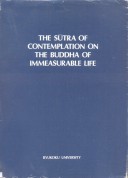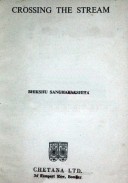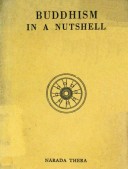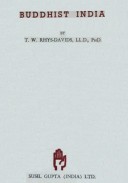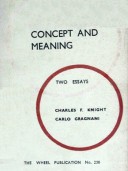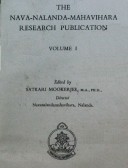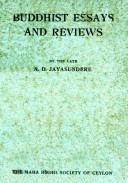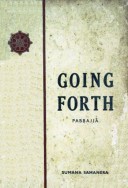Tìm Sách
Sách tiếng Anh-English >> The way of Power
Thông tin tra cứu
- Tên sách : The way of Power
- Tác giả : John Blofeld
- Dịch giả :
- Ngôn ngữ : Anh
- Số trang : 255
- Nhà xuất bản : George Allen & Unwin Ltd. London
- Năm xuất bản : 1970
- Phân loại : Sách tiếng Anh-English
- MCB : 12010000004777
- OPAC :
- Tóm tắt :
THE WAY OF POWER
A practical guide to the tantric mysticism of Tibet
By
JOHN BLOFELD
London
George Allen & Unwin ltd
Ruskin house museum street
Contents
PART I BACKGROUND AND THEORY
i. The Vajrayana
Mystical intuitions
The need for the sacred quest
Choice of a path
The Tantric way
The Vajrayana in Tibet
The Vajrayana for the west
ii. The Mahayana setting
The roots of the Vajrayana
The concept of no god
The concept of no self
The concept of impermanence
The concept of ‘suffering’
The concept of rebirth
Samsara and Nirvana
Karma and Causality
Merit and its transfer
The ‘elements of being’
Buddhas and Bodhisattvas
Experiential evidence
iii. The essence of the Tantric method
Purpose
Reasons for secrecy
The Guru
Various types of adept
The short path
Attitude
Conduct
Visualization
The interplay of body, speech and mind
The significance of rites
Fruits of the path
Unconventional morality
iv. Psychic and material symbols
A question of reality
The purpose of the symbols and Deities
A pre-Tantric parallel
The Mandala
The peaceful and wrathful deities of the Mandala
The Vajra or adamantine sceptre
The wheel of life
The chorten
PART II. PRACTICE
i. Aspiration
General
The refuges
The Bodhisattva vow
Obtaining a Guru
The guru
The adept as the Buddha
Initiation
ii. The Preliminaries
Purpose
The Grand postrations
The refuges
The generation of Bodhicitta
The Vajrasatta purification
The Mandala offering
Others
iii. General practice
Introductory
Daily practice
The importance of the Yidam
The shrine
Regular rites and meditations
Special rites
The Chod rites
Preparation for death
Meditation in cemeteries
Pilgrimage
Special uses of Mantras
iv. The Sadhanas
the general content
The Sadhana of the essence of the profound meaning
The fruits of the practice
The essential core
The arya Tara Sadhana
The suitability of the Sadhana practice for Western adepts
v. Advanced practice
The divisions of Tantric practice
Supernormal powers
Transmutation of passions and desires
Yogic practice pertaining to the path of form
Yogic practice pertaining to the formless path
The Prajnaparamita
Conclusion
Glossary
Publisher’s note
This book deal with the astonishingly picturesque and fruitful meditational method of the Tibetan Buddhists. The general Mahayana background is given together with details of the tecniques, the purpose, the underlying theory and so on of the Tantric forms of meditation. It is the first book of its kind in the English language; 90 per cent of the material is based on the first-hand experience of the author, who studied under Tibetan Lamas of both the “Yellow Hat” and “Red Hat”sects. He has endeavoured to say all that can be said of what he learnt without breaking the vows of secrecy which, for reasons explained in the book, are imposed on students of the higher meditational techniques. The subject is presented from two points of view – that of people interested in pursuing Tantric meditation in its traditional Buddhist context and that of non-Buddhists wh may wish to adapt a very powerful and effective type of meditation to their own religious practice. The author indicates why Vajrayana or Tantric techniques are better suited to certain kinds of temperament than those of Zen. The popular misconception that Tibetans are “polytheists”is explained as being due to an orthodox form of Buddhism that makes use of ancient supernatural forms to symbolize the various factors in the humain personality. Of particular interest is the author’s attempt to show that Tantric meditation can often be practised with great success by those who have failed to make much progress while using more familiar methods.
John Blofeld is the translator of the I Ching (book of change) also published by Allen and Unwin.
 Facebook
Facebook
 Google
Google
 Google+
Google+
